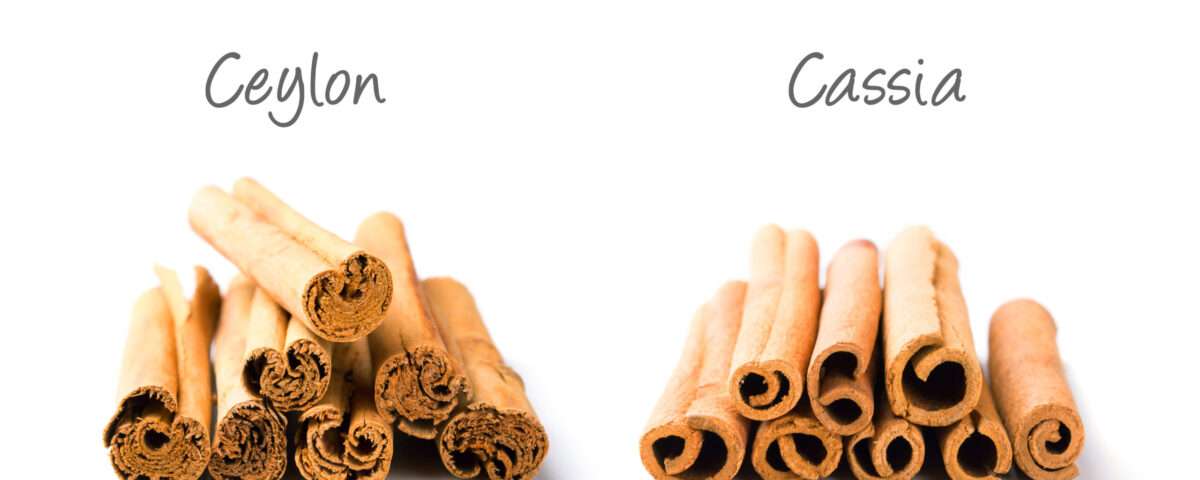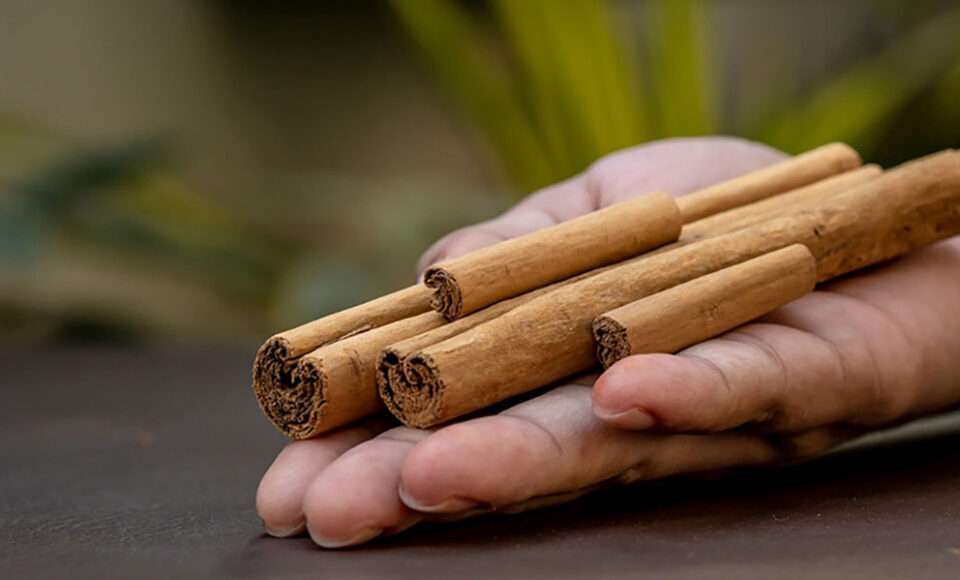Ceylon Cinnamon vs Cassia
Ceylon Cinnamon Benifits
February 6, 2023Why Ceylon Cinnamon?
February 6, 2023Ceylon Cinnamon vs Cassia: Unveiling the Spice Story
Introduction: Delving into the world of spices, Ceylon Cinnamon vs Cassia stand out as two prominent contenders. Both revered for their aromatic qualities and culinary applications, a closer inspection reveals nuanced differences that can significantly impact your dishes. Let’s embark on a journey through flavor, aroma, health benefits, and culinary applications to discern the disparity between Ceylon Cinnamon and Cassia.
1. Origin and Botanical Differences:
-
Ceylon Cinnamon (Cinnamomum verum):
Hailing from Sri Lanka, Ceylon Cinnamon, also known as “true cinnamon,” derives from the inner bark of the Cinnamomum verum tree. Its delicate, sweet flavor profile sets it apart from its counterpart.
-
Cassia (Cinnamomum cassia):
Originating from China and Southeast Asia, Cassia, often referred to as “Chinese cinnamon,” stems from the Cinnamomum cassia tree. Characterized by its robust, spicy taste, Cassia is more readily available and less expensive than Ceylon Cinnamon.
2. Flavor Profile:
-
Ceylon Cinnamon:
Renowned for its subtle, citrusy notes, Ceylon Cinnamon imparts a mild, sophisticated flavor to dishes. Its delicate fragrance makes it ideal for desserts, beverages, and dishes where a nuanced cinnamon flavor is desired.
-
Cassia:
With its bold, intense taste and aroma, Cassia delivers a fiery punch to culinary creations. Its potent flavor makes it a popular choice for savory dishes, spiced beverages, and hearty stews.
3. Coumarin Content and Health Considerations:
-
Ceylon Cinnamon:
Prized for its low coumarin content, Ceylon Cinnamon is considered safer for regular consumption, especially for individuals with liver conditions or those on blood-thinning medications.
-
Cassia:
Conversely, Cassia contains higher levels of coumarin, which, when consumed in excess, may pose health risks, including liver damage. It’s advisable to moderate intake, particularly for individuals with preexisting health concerns.
4. Culinary Applications:
-
Ceylon Cinnamon:
Its subtle flavor profile makes Ceylon Cinnamon an excellent choice for delicate pastries, fruit-based desserts, and beverages like chai tea or mulled wine, where its aroma can shine without overpowering other ingredients.
-
Cassia:
Due to its robust flavor, Cassia is favored in savory dishes such as curries, marinades, and meat rubs, where it can add depth and warmth to the flavor profile. It’s also commonly used in baking for recipes that call for a stronger cinnamon presence.
5. Availability and Price:
-
Ceylon Cinnamon:
While esteemed for its superior quality, Ceylon Cinnamon is often pricier and less readily available compared to Cassia. Its scarcity and labor-intensive harvesting contribute to its higher cost.
-
Cassia:
Widely cultivated and more economically feasible, Cassia enjoys broader availability and is commonly found in supermarkets and spice markets worldwide.
Conclusion : In the timeless debate of Ceylon Cinnamon vs Cassia, understanding their distinctions is pivotal in elevating your culinary endeavors. Whether you opt for the delicate allure of Ceylon Cinnamon or the robust charm of Cassia, both spices offer a wealth of flavors and aromas to tantalize your taste buds. Choose wisely, and let the spice journey unfold in your kitchen.


